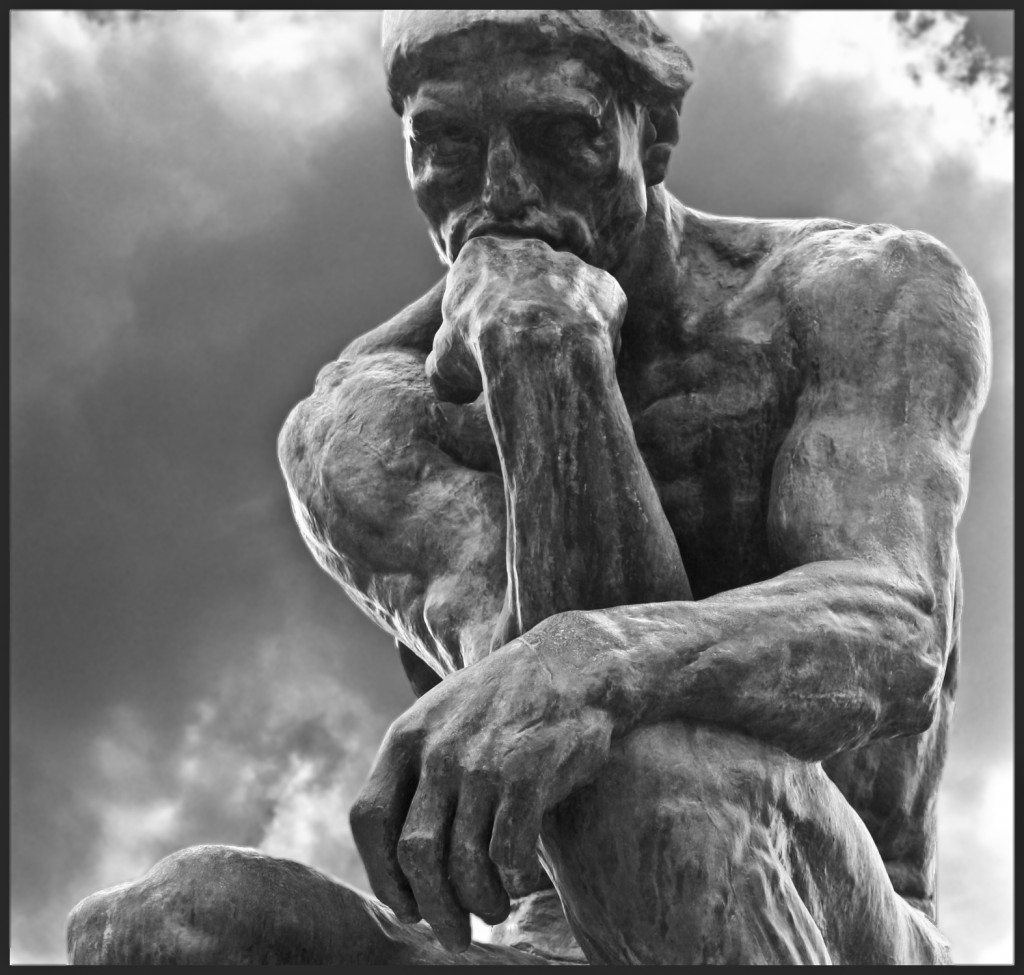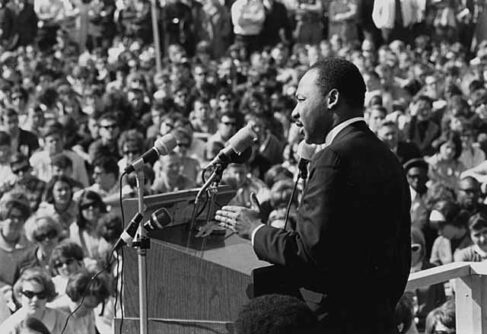For whom are the liberal arts?
The late Earl Shorris had a radical answer to that question: the liberal arts are for those of all socioeconomic backgrounds, including those who are poor.
This is a quite radical assertion.
Traditionally, a liberal arts college education was a privilege of the economic elite, or at least of the upper middle class. In the United States, the GI Bill made liberal arts education the province of the middle and even working class—although accompanied by the expectation that a liberal arts education should lift graduates out of the working class at least into the middle class—that is, a liberal arts education is for those who come from, or aspire to, the upper socioeconomic classes.
In his posthumously published book (Shorris died last year), Shorris describes how he pitched the liberal arts course he designed for poor people to prospective students:
“You’ve been cheated,” I said. “Rich people learn the humanities; you didn’t. The humanities are a foundation for getting along in the world, for thinking for learning to reflect on the world instead of just reacting to whatever force is turned against you. I think the humanities are one way to become political, and I don’t mean political in the sense of voting in an election but in the broad sense…
“Do all rich people, or people who are in the middle, know the humanities? Not a chance. But some do. And it helps. It helps to live better and enjoy life more. Will the humanities make you rich? Yes. Absolutely. But not in terms of money. In terms of life.”
This sounds like it could veer into the language of class conflict, but that’s not the direction Shorris takes it. He doesn’t argue for mass education of the poor but instead that a relatively small, “self-selected group of adults living in poverty” are ready to benefit from a liberal arts education. But the smallness of the group for whom a liberal arts education is appropriate isn’t limited to the poor: one gets the sense throughout that Shorris thinks that many, if not most, middle- and upper-class adults who have been awarded a liberal arts degree do not truly “know the humanities”—they have the degree without taking in the education.
Indeed, Shorris’ assumption seems to be that the liberal arts are for the few—not the wealthy few, but those few who are somehow genuinely open to the transformative experience of a truly rich engagement with great thinkers and enduring questions. And these few are scattered throughout society’s upper, middle, and lower socioeconomic strata. Shorris’ course begins with Plato’s Republic and uses a Socratic model, so it’s no surprised that Shorris seems to have absorbed Socrates’ claim that the few potential philosophers, who truly belong to a “golden class,” can be born in the lower classes.
I’m sure Shorris is right that we can find those eager and ready for the liberal arts everywhere. I certainly encountered some students more eager for deep engagement with great thinkers when I taught philosophy of science in the college program at Maryland’s only prison for women than many of the students I taught at highly selective liberal arts colleges.
Shorris’ book is about the few thousand students who have taken his liberal arts course, but it raises much broader questions about should have the advantages of a liberal arts education—a question that will become more contested in the next decade, as more liberal arts colleges go the way of Antioch College, which was forced to close in 2008 (although it has since reorganized and reopened), and St. Paul’s College in Virginia, which just announced its closure.
Indeed, one-third of colleges have been found to be on an “unsustainable financial path.” If a large number of liberal arts colleges fold, there will be a vexed debate about who are the best candidates for the smaller number of seats in the remaining liberal arts colleges.
And, a key test will be whether Americans will resolve to ensure that liberal arts education is made open to those most ready to benefit from it—or whether we’ll return to a pre-World War II model in which liberal arts education again becomes more-or-less restricted to the economic elite. Shorris gives us reasons to think that the latter would be an injustice to many poorer students who are truly open to the liberal arts and detrimental to American society as a whole.
Shorris’ book has been widely reviewed—notably by Philanthropy Daily’s own Naomi Schaefer Riley (unfortunately behind the Wall Street Journal paywall) and in this thoughtful review by John Brown University professor James Bruce.







In order to have liberal arts popular again, we either somehow have to convince young people that liberal arts has a cash value, or that the main purpose of education is not cash value. Both of these are a hard sell. In midlife, however, people often get interested in the liberal arts and decide that they matter. Perhaps midlife is where the real market is.